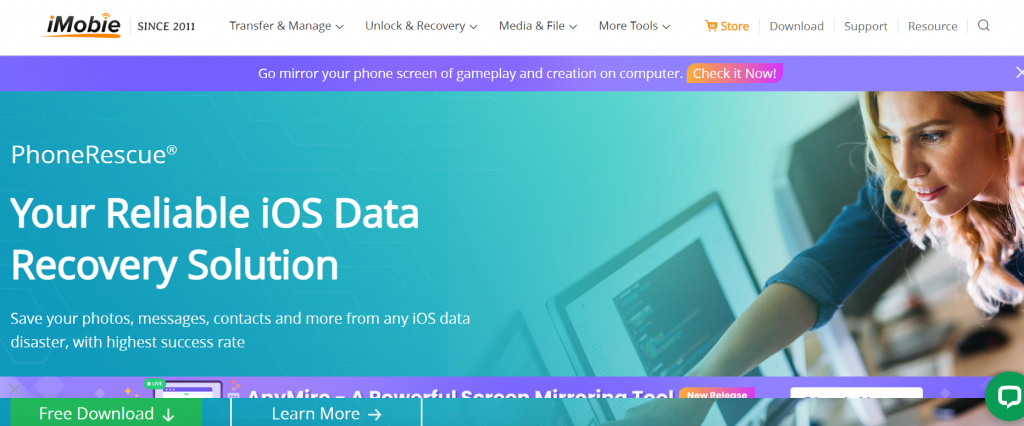
Introduction
Welcome to the thrilling world of hacking! Okay, wait – before you start picturing a dark room filled with hooded figures typing away furiously on their keyboards, let’s clarify something. We’re not here to promote illegal activities or encourage malicious intent. Instead, we want to shed some light on the techniques hackers use so that you can better understand how to protect yourself and your online presence.
In this blog post, we’ll explore the intriguing realm of password cracking. From unlocking wifi networks to gaining access to social media accounts and email addresses, we’ll walk you through some eye-opening methods used by individuals with less-than-honorable intentions. But fear not! Our intention is solely educational – empowering you with knowledge so that you can safeguard your digital life.
So fasten your seatbelts as we embark on a journey into the depths of cyber security and discover how passwords can be cracked in various scenarios. Ready? Let’s dive in!
How to Hack a Wifi Network
So you’re curious about how to hack a wifi network? Well, let’s get one thing straight right from the start – hacking into someone else’s wifi is illegal and unethical. It’s important to respect other people’s privacy and not engage in any activities that can harm them or their property.
That being said, there are legitimate reasons why you might want to test the security of your own wifi network. In these cases, it’s essential to have proper authorization and permission before proceeding.
To improve the security of your own wifi network, consider changing the default username and password provided by your router manufacturer. Use a strong combination of letters, numbers, and special characters for maximum protection.
Another way to enhance security is by enabling WPA2 encryption on your router. This will ensure that only authorized devices can connect to your network.
Additionally, regularly updating your router firmware will help protect against any known vulnerabilities or exploits.
Remember, it’s crucial always to stay within legal boundaries when it comes to accessing wifi networks. Protecting yourself online goes beyond just securing your own connection; it also involves respecting others’ privacy rights.
How to Hack a Social Media Account

Social media has become an integral part of our lives, connecting us with friends and family, sharing our thoughts and experiences, and even influencing the way we make decisions. But what if you could gain access to someone else’s social media account? Well, it is possible, although highly unethical and illegal.
One method that hackers use to gain unauthorized access to social media accounts is through phishing attacks. They create fake login pages that look identical to the original ones and trick users into entering their usernames and passwords. These stolen credentials are then used by the hackers to log in to the victim’s account.
Another technique employed by hackers is brute force attacks. They use software or scripts that systematically try different combinations of usernames and passwords until they find a match. This can be a time-consuming process but can yield results if weak or easily guessable passwords are used.
Additionally, hackers may exploit vulnerabilities in the social media platform itself. By finding security flaws or loopholes in the code, they can bypass authentication measures and gain unauthorized access to user accounts.
It’s important for individuals to protect their social media accounts by using strong passwords (a combination of uppercase letters, lowercase letters, numbers, and symbols), enabling two-factor authentication whenever available, being cautious about clicking on suspicious links or providing personal information online.
Remember: hacking into someone else’s account without permission is illegal! Always respect others’ privacy online and use your technology skills for good purposes only.
How to Hack an Email Account
Email accounts are a treasure trove of personal and confidential information. Gaining unauthorized access to someone’s email can be a daunting task, but with the right tools and knowledge, it is possible. Here are some tips on how to hack an email account.
Phishing is one common method used by hackers to steal login credentials. They create fake websites that mimic legitimate ones, tricking users into entering their usernames and passwords. It is important to always double-check the URL before providing any sensitive information.
Another technique is known as brute force attack, where hackers use software that repeatedly tries different combinations of passwords until the correct one is found. This method requires time and computing power, but it can be effective if the password is weak or easily guessable.
Social engineering plays a significant role in hacking email accounts too. By gathering publicly available information about the target such as their interests or personal details from social media platforms, hackers can craft convincing emails designed to deceive them into revealing their login credentials.
Encrypting your emails using end-to-end encryption protocols like PGP (Pretty Good Privacy) can help protect against unauthorized access because even if a hacker intercepts your messages, they won’t be able to read them without the decryption key.
It goes without saying that hacking someone’s email account is illegal and unethical. It invades privacy and breaches trust. Instead of resorting to these malicious activities, it’s better to focus on securing our own accounts by using strong passwords, enabling two-factor authentication, and being cautious while clicking on suspicious links or downloading attachments from unknown sources.
Remember: The best way to protect yourself from getting hacked is not trying to hack others! Stay safe online!
How to Hack a Website
Hacking a website may seem like a daunting task, but with the right knowledge and tools, it can be done. Before we dive into the details, let’s make one thing clear: hacking is illegal and unethical. This blog post is purely for educational purposes.
To hack a website, you need to start by gathering information about its vulnerabilities. Conducting thorough research on the target site will help you identify potential weak points that can be exploited. Once you have identified these weaknesses, it’s time to proceed further.
One common method of hacking websites is known as SQL injection. This technique involves inserting malicious code into vulnerable sections of the site’s database query function. By exploiting this vulnerability, hackers can gain unauthorized access to sensitive data or even take control of the entire site.
Another approach is cross-site scripting (XSS), where attackers inject malicious scripts into web pages viewed by other users. These scripts can capture user input or perform actions on behalf of unsuspecting victims.
It should go without saying that engaging in such activities without legal authorization is both morally wrong and punishable by law. It’s crucial to prioritize ethical behavior online and use our skills for positive contributions instead.
Remember, always stay curious about technology but channel your curiosity ethically!
Our Recommendation: iMobie Website

When it comes to hacking, we’ve covered various methods and techniques in this article. However, it’s important to note that these practices are highly illegal and unethical. We strongly advise against attempting any form of hacking or unauthorized access.
Instead, we recommend focusing on enhancing your online security and privacy. One way to do this is by using reliable software like iMobie’s AnyUnlock. This powerful tool provides a safe and legal way to recover passwords for various accounts without resorting to hacking.
With AnyUnlock, you can easily regain access to locked devices, encrypted files, WiFi networks, social media accounts, email addresses, and more. It offers a secure solution for those who have forgotten their passwords or need assistance with unlocking their accounts.
By utilizing legitimate tools like AnyUnlock from trusted providers such as iMobie, you can protect yourself from potential risks associated with hacking attempts while still ensuring the safety of your personal information.
Remember always to prioritize ethical behavior when navigating the digital landscape. Be proactive about strengthening your online security through strong unique passwords, two-factor authentication methods, regular software updates, and staying vigilant against phishing attempts.
Stay safe online!





